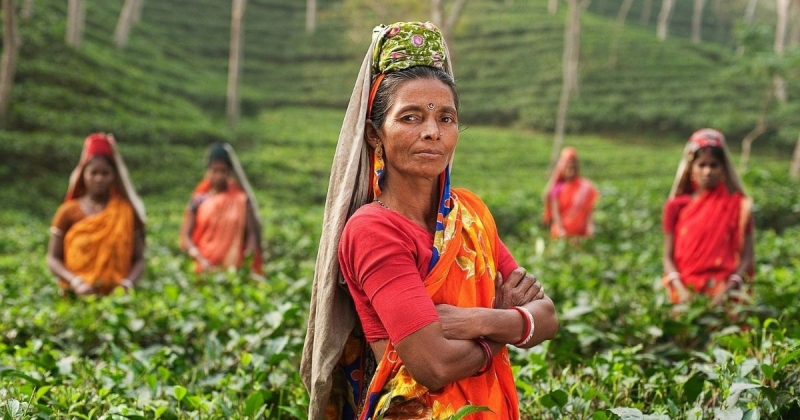Darjeeling tea is the “Champagne of teas"

Darjeeling tea is a tea made from tea trees that are grown and processed in Darjeeling or Kalimpong Districts in West Bengal, India - an area at the foot of the Himalayas that’s less than 70 square miles large. Since 2004, the term Darjeeling tea has been a registered geographical indication referring to products produced on certain estates within Darjeeling and is used to call the high-quality, luxurious tea that is much lighter than other traditional teas.
Tea plants were first planted in the Darjeeling region in the mid-1800s. At the time, the British established numerous tea plantations in Darjeeling as they were seeking an alternative supply of tea apart from China and attempted to grow the plant in several candidate areas in India. After World war, the Soviet Union replaced the British as the primary consumers of tea from Darjeeling. However, as Darjeeling tea gained a reputation for its distinctiveness and quality, it was marketed more to Western Europe with many estates acquiring organic, biodynamic, and Fairtrade certifications.
So, what makes Darjeeling tea so special? Darjeeling tea is a hand-picked premium quality tea that provides a much lighter brew than other conventional teas. Darjeeling tea has a majorly four flushes - out of which the 1st flush, also known as the Spring Flush, is the most expensive one. The first flush tea usually contains more nutrients, antioxidants, and caffeine. There are 5 types of Darjeeling tea: Black Tea, Oolong Tea, Green Tea, White Tea, and Organic Tea. All of them have many great health benefits such as: Improving Digestion, maintaining cholesterol, aiding weight loss, improving dental health, improving heart health, bone strengthening, stress relief, improving mental functions, providing essential antioxidants, reinforcing the immune system, and being tummy friendly.















